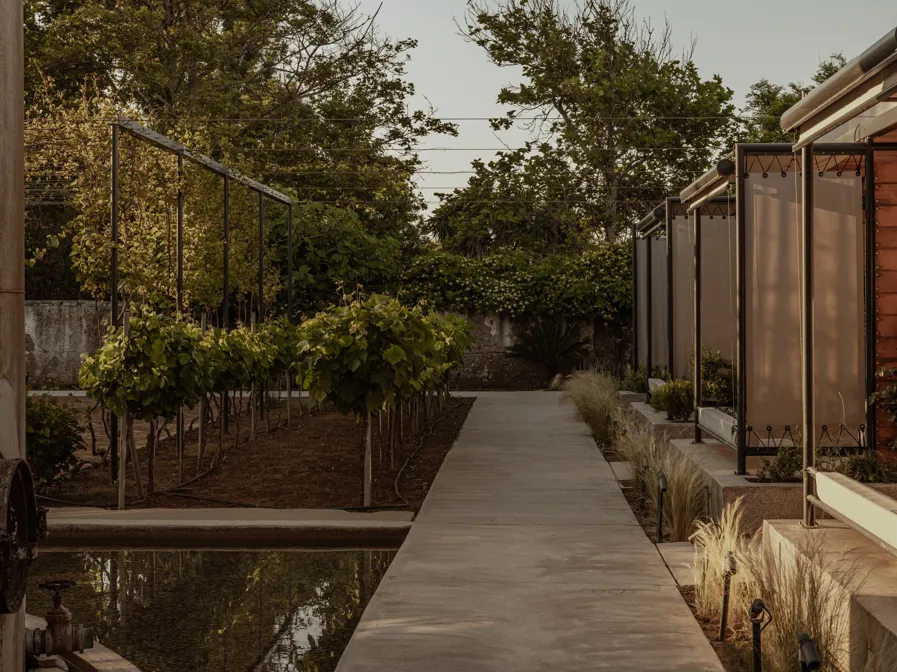
We spoke with Dimitris Karampatakis about their design philosophy and creating spaces that capture the essence of Greece.
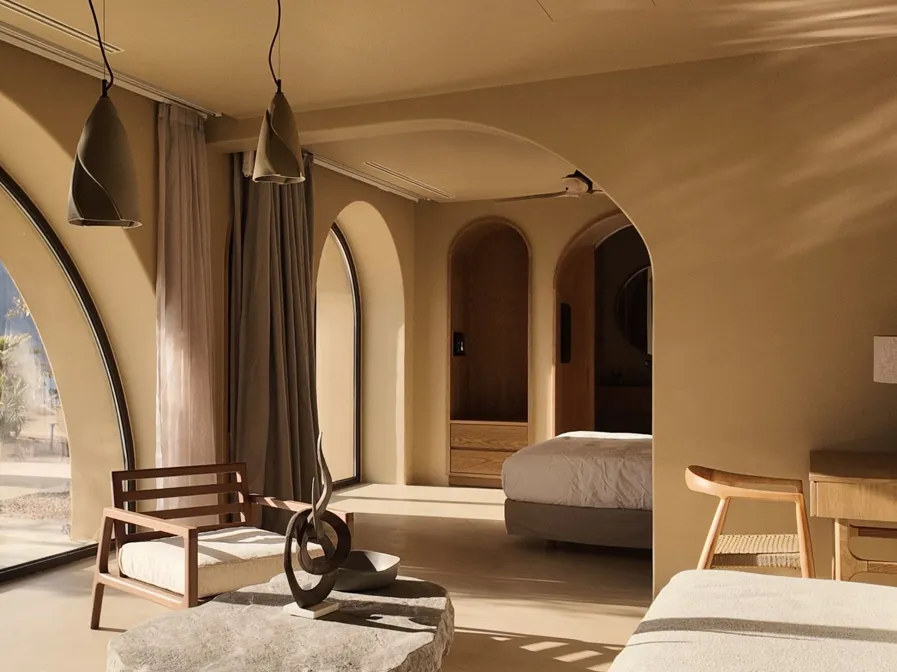
Our bold new hotel, Tella Thera, channels the wild elegance of Future Primitivism.
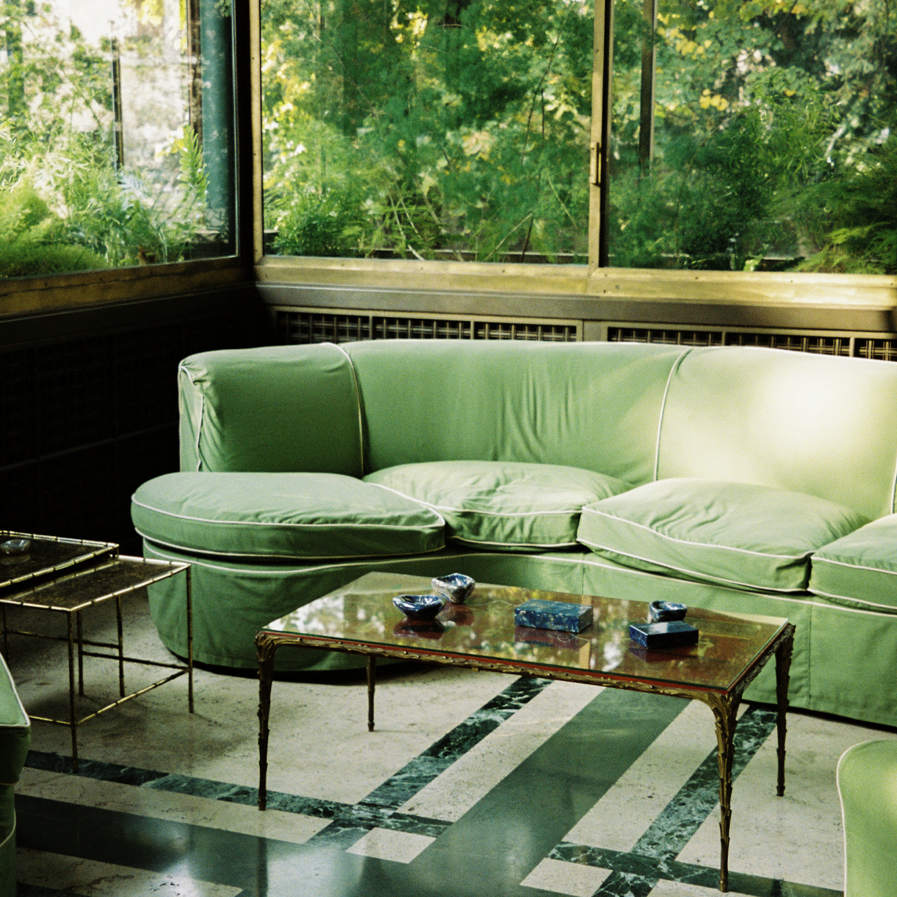
Curator Adam Štěch takes us on a tour of the design capital's most interesting post-war architecture.

Meaning a passionate love of all living things, the movement is about integrally embracing plants, flowing water, biodiversity, natural materials, and plenty of sunlight into everyday spaces.
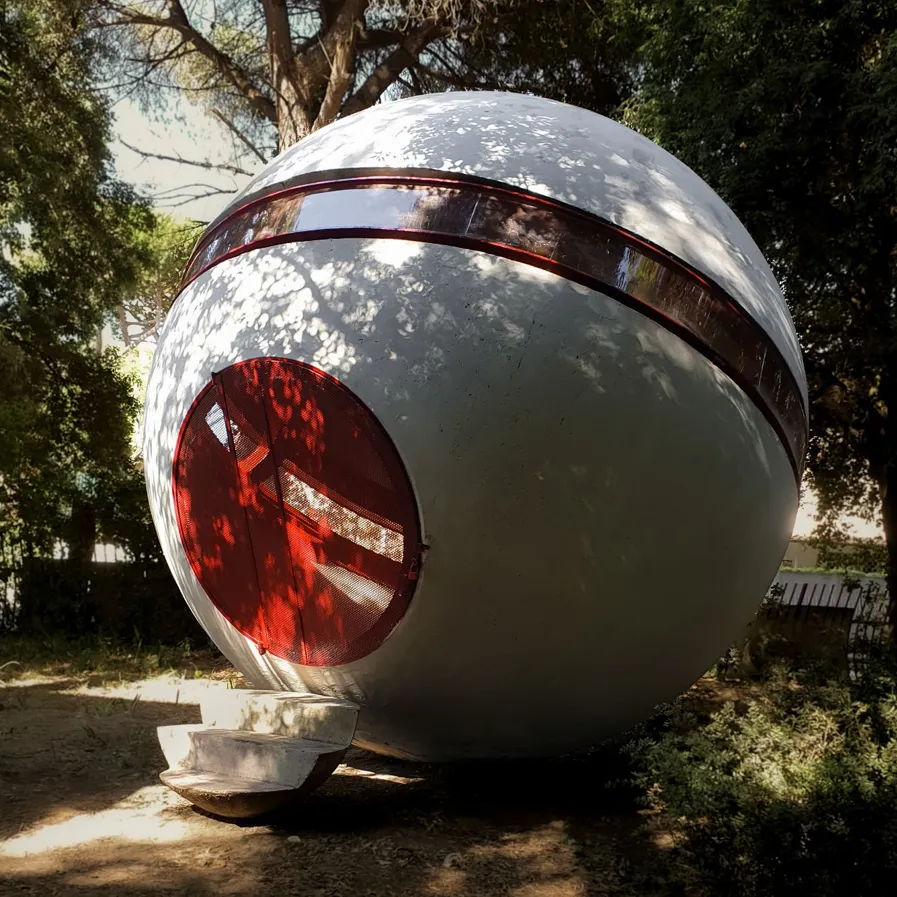
This non-practicing architect is rewriting the history of modern architecture and looking for solutions for the way forward.
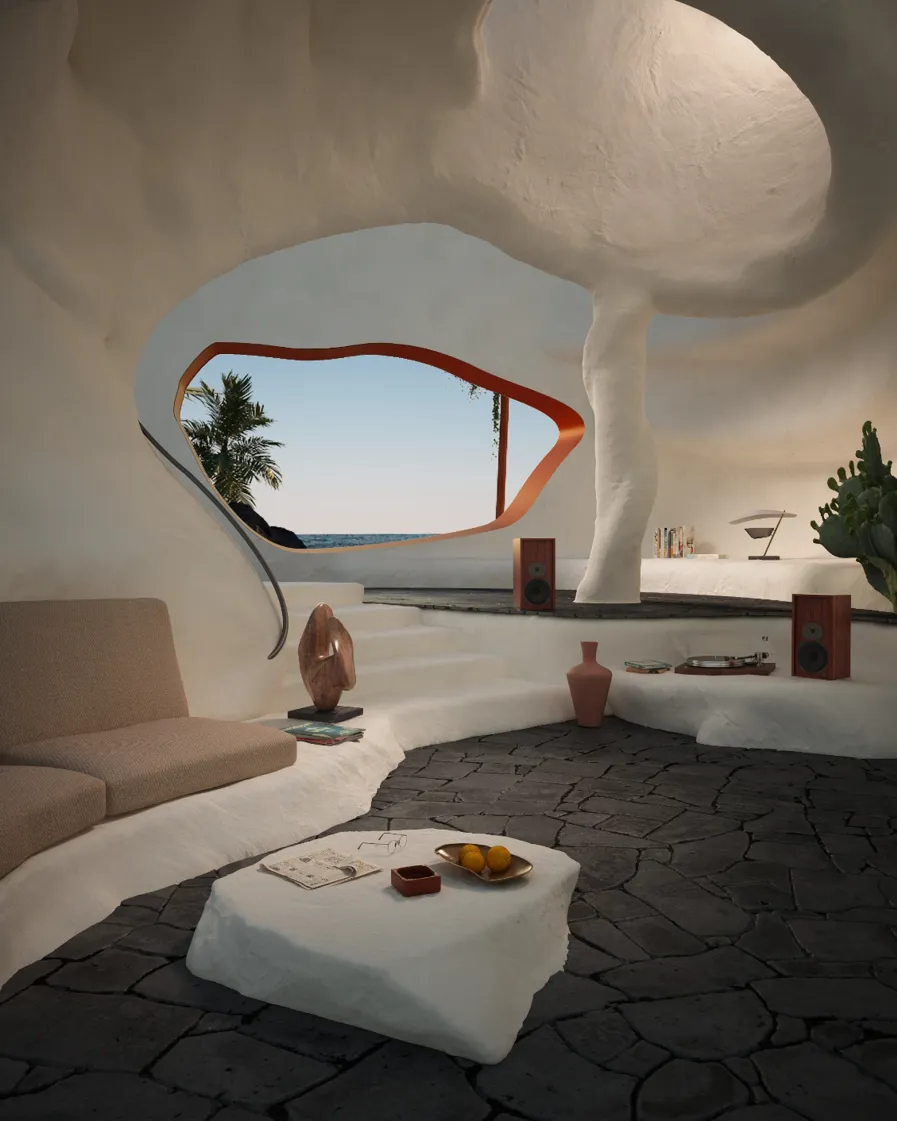
The Italian architect, digital artist, and set designer Riccardo Fornoni fashions unbelievably alluring worlds for armchair escapists.
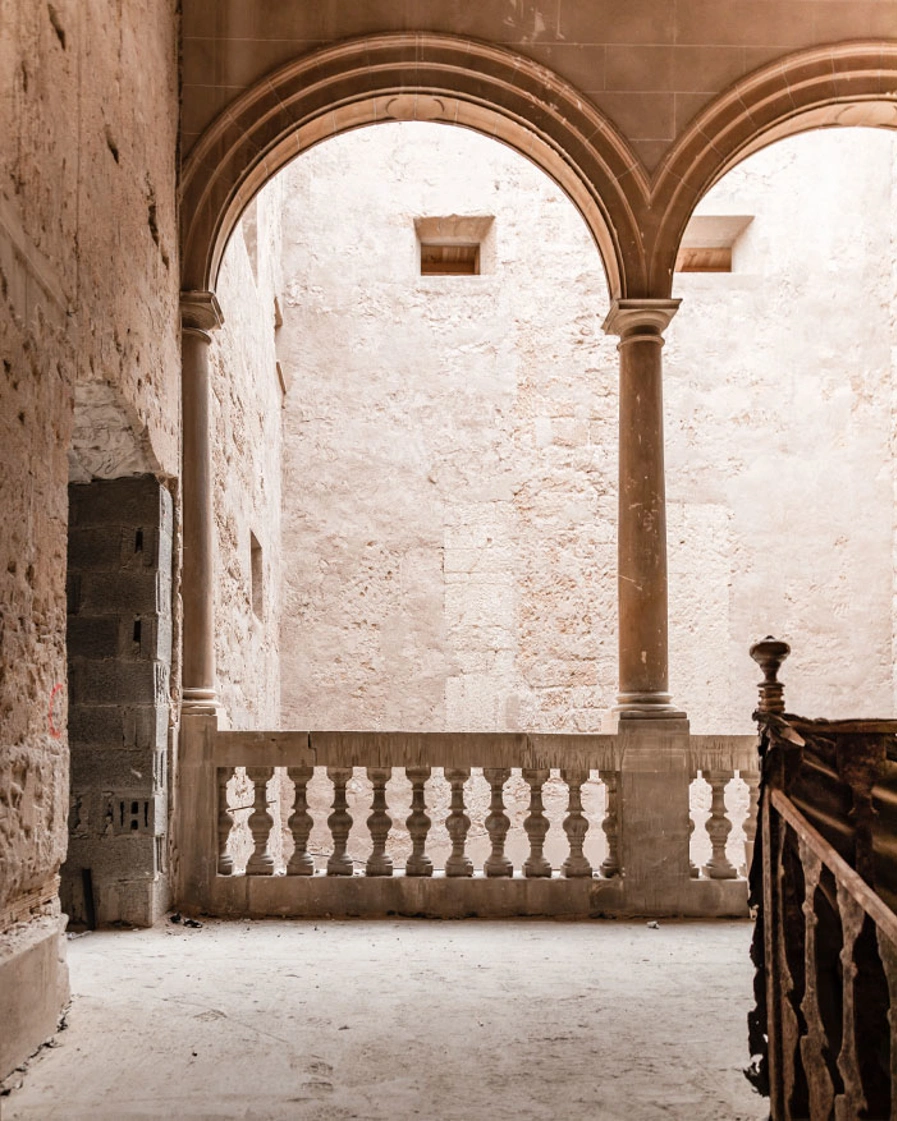
Taking a 12th century Muslim palace in the center of Palma de Mallorca as its setting, the new Nobis Hotel Palma reimagines the spaces with a laid-back elegance and personal take on contemporary luxury.
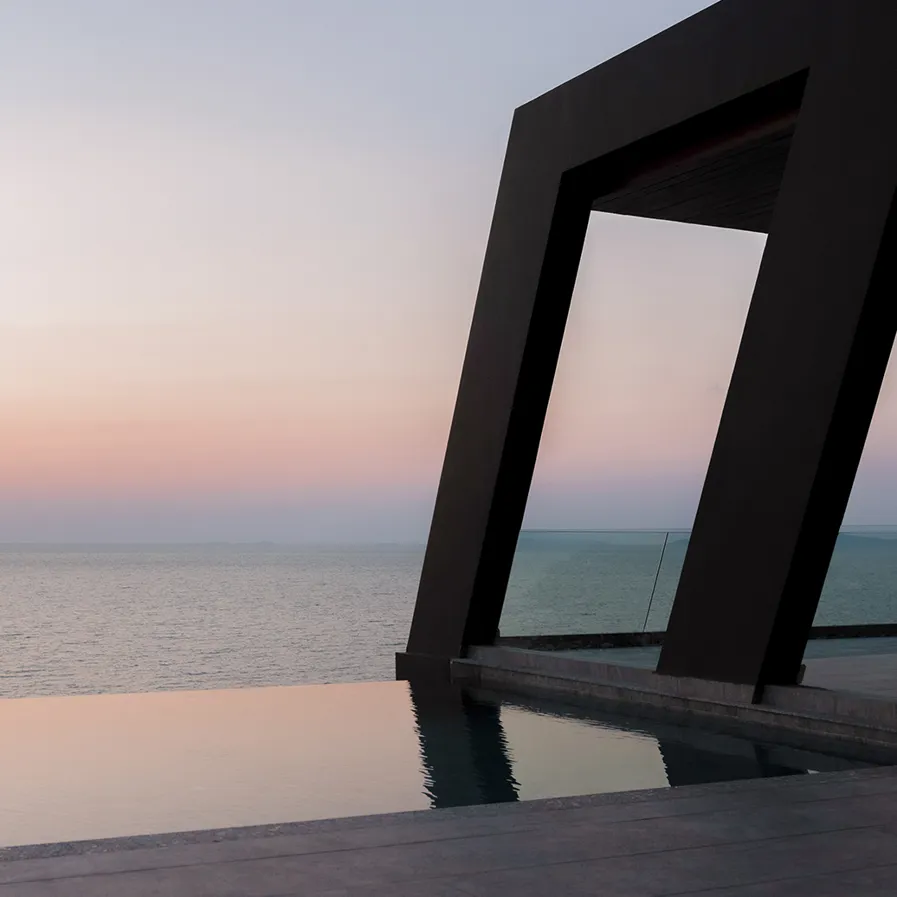
Reinforced concrete and the barebone aesthetics of this style come together with a lush tropical landscape.

How does modernism respond to a tropical context? In the case of Innit Lombok, architects Andra Matin, Gregorius Supie Yolodi, and Maria Rosantina take local materials to create bold new strides in architecture. We had a brief chat with them on working together and their hopes for the future.
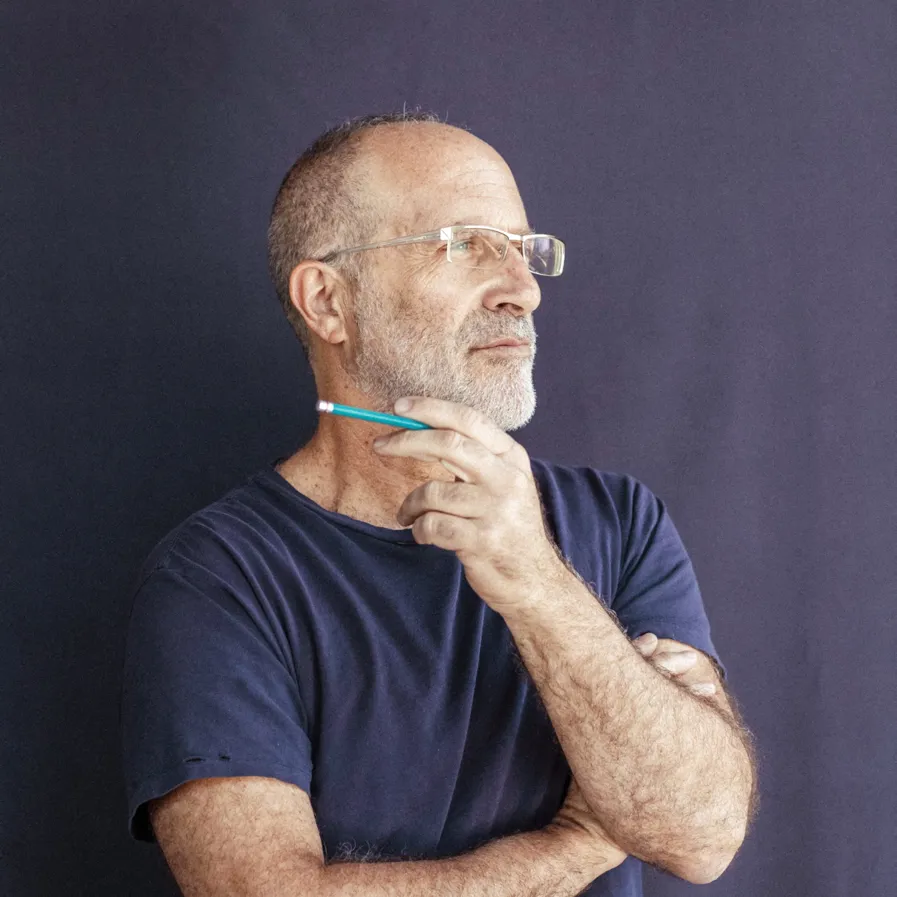
One of the most prolific and versatile architects in Mexico today, Alberto Kalach is leading the way in craft-like architecture that is equal parts structure and flourishing natural landscape. Read his interview here.
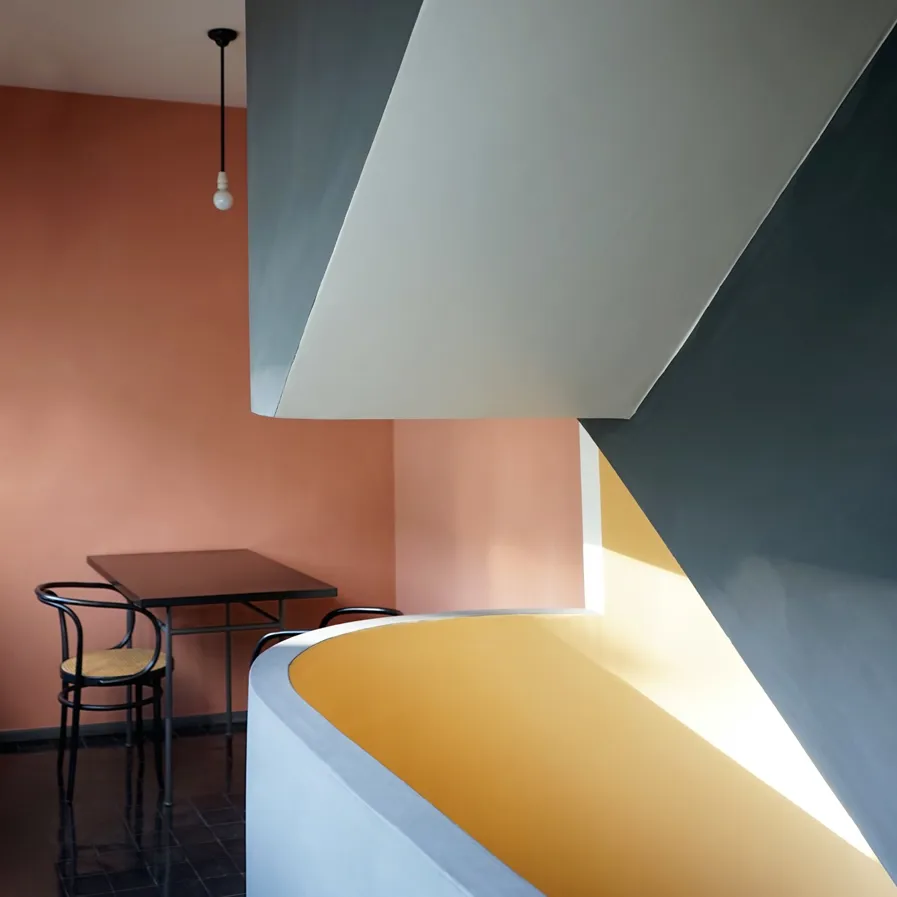
The idea of health and hygiene was one of key topics influencing the development of modern architecture in the 20th century. An obsession with a clean modern environment might be an inspiration for our post-pandemic life too.
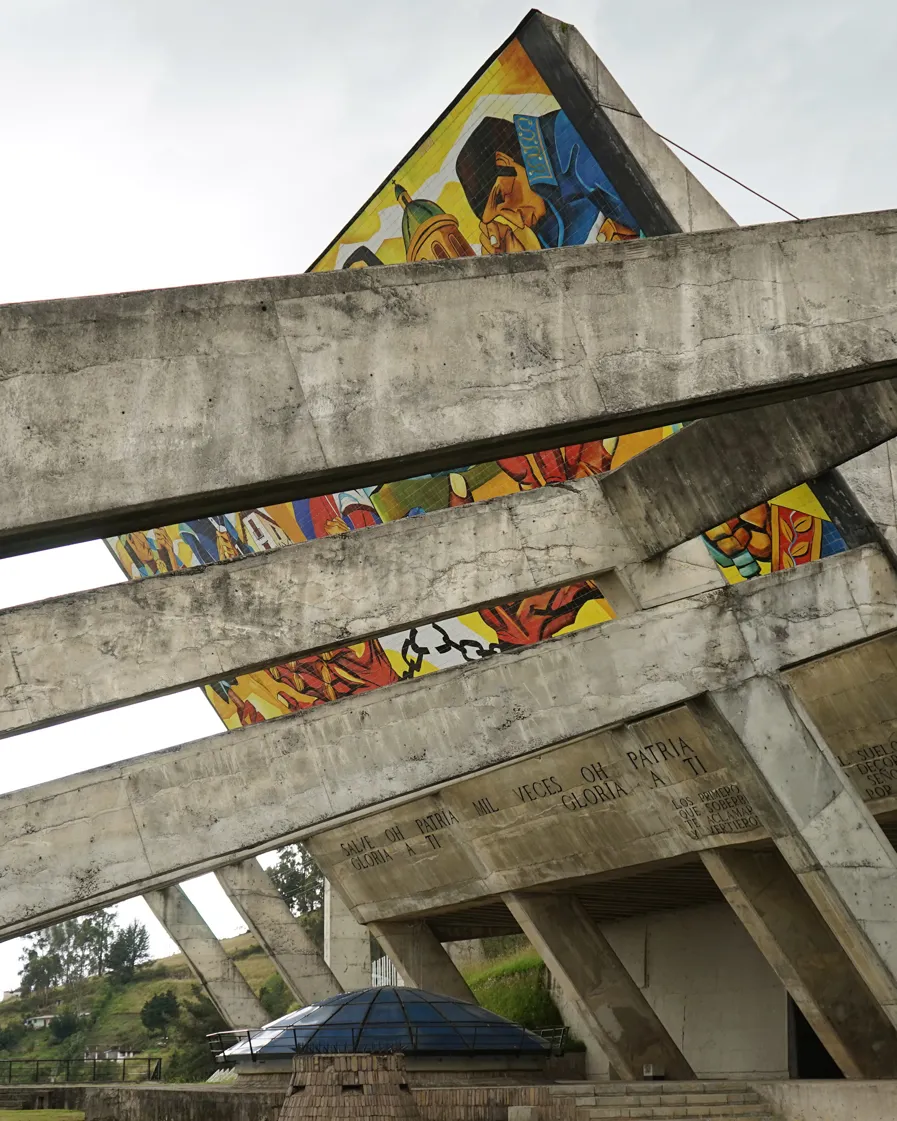
Curator Adam Štěch takes us on a tour of the capital's interesting ensemble of styles.
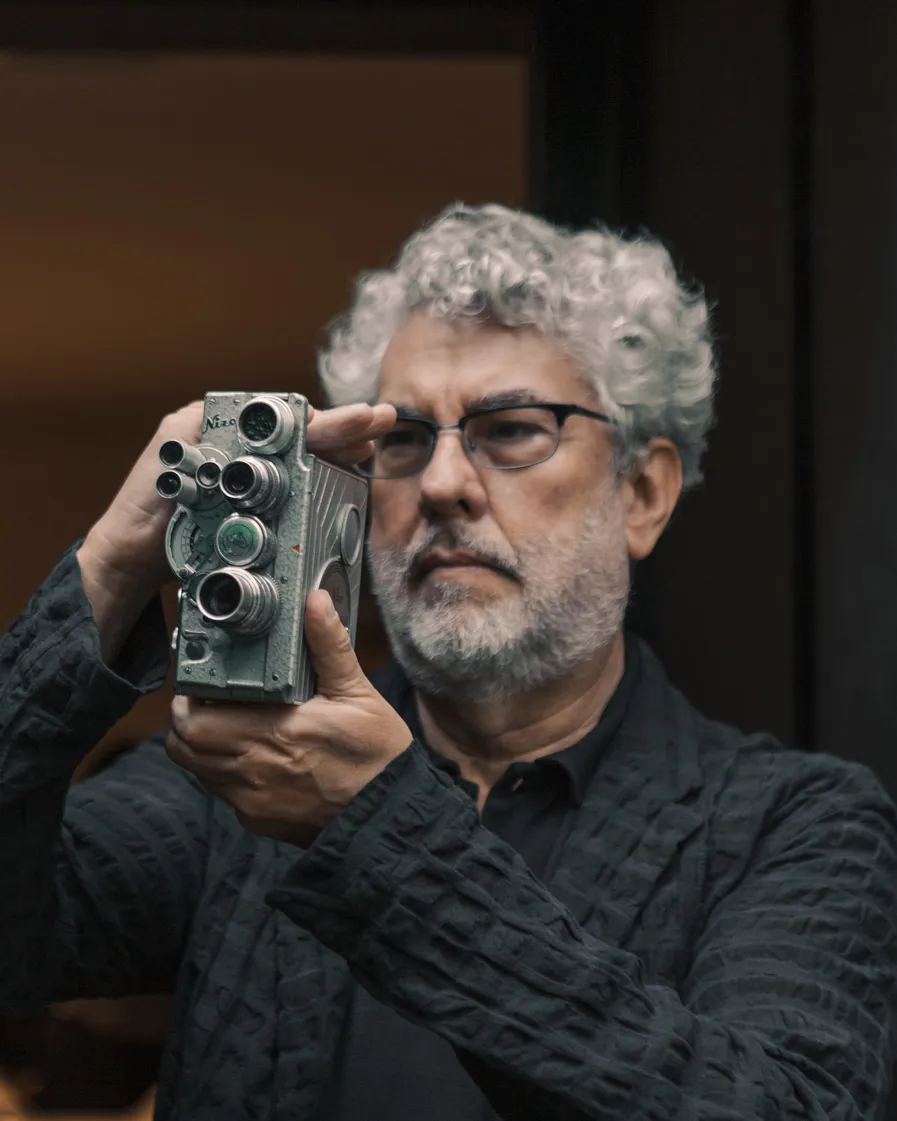
“One of the main goals of our project was to hide it,” the renowned Brazilian architect tells us of Patina Maldives, Fari Islands.
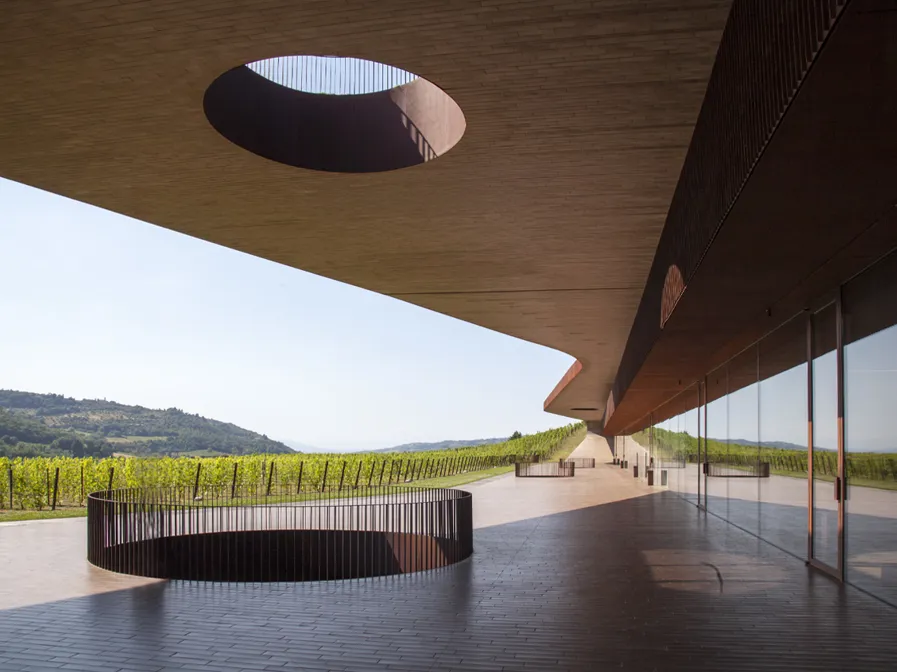
Stunning structures in Europe that reimagine the aesthetics of a winery and enhance the symbiotic relationship between man, nature, and architecture.